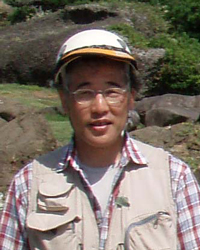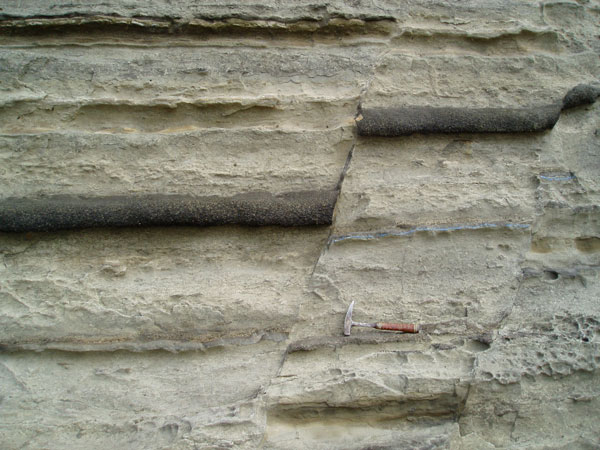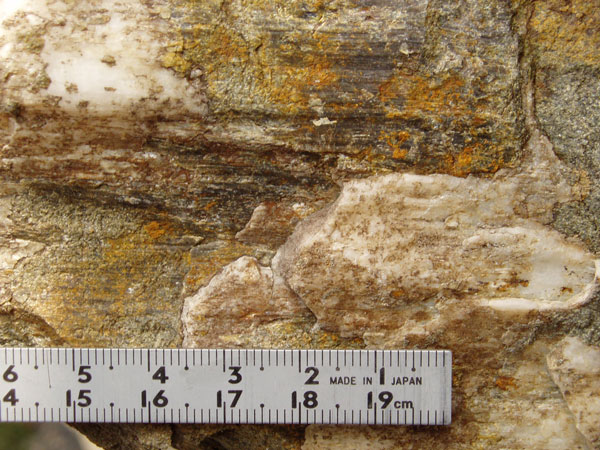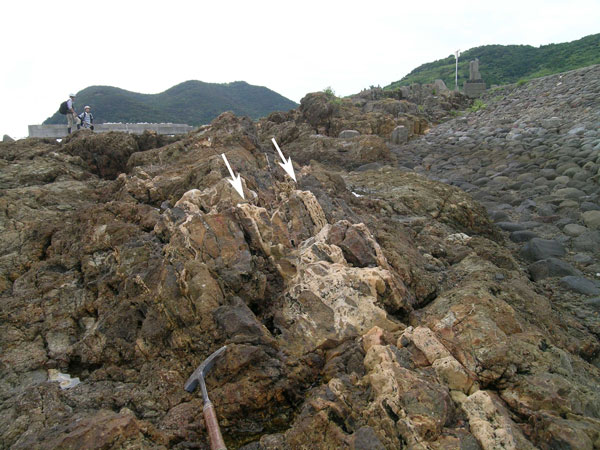
Pure scientific research does not usually generate findings that have immediate applications in a practical level. Such fundamental research is driven by scientists’ curiosity and the desire to expand knowledge, not to create or invent something. But sometimes we happen to find a practical application for this type of research in a completely unexpected way. Let me give you an example from my experience as a geologist.
Geology is the study of the Earth, including the materials that it is made of, and the processes acting upon and inside them, such as a fault slip one million years ago. Geologists are developing a variety of methods to chronicle the geological history of the Earth. Thanks to such efforts, tectonic activities in the past can now be quantitatively determined. I therefore assume that the mechanics of tectonics over a very long period of time can be understood by assessing forces that occurred simultaneously with tectonics motions.
Japan is located in a tectonically active region. Faults are not rare even in geologically young strata (See picture 1). If you observe a fault surface, you can see scratch marks on the surface along which it has moved (Picture 2). Those marks show the direction of a stress which resists motion of the slip. Conversely, if you collect observation data of slip directions at a large number of fault planes, you can infer what stress was working during the past dislocations.
Same stress estimations are now possible using other data such as directions of magmatic dikes that form when magma intrudes into a fracture then crystallizes, and those of hydrothermal veins where mineral deposits are developed in association with hydrothermal activities (Picture 3).



Scientific knowledge about the relationship between faults and stress was unexpectedly put into practice after the Great East Japan Earthquake that devastated the Tōhoku region on March 11, 2011.
The assessment of quake risks at nuclear power plant sites, such as the presence of active faults under their premises, has been made more stringent. It was critical to determine if fractures located near the facilities had stopped any movements long ago or still can be active in the present-day stress field. The Japanese Nuclear Regulation Authority used the method that I developed back in 2000 and studied whether the directions of the past fault slips were in harmony with the current tectonic stress to evaluate seismic safety of some of their nuclear installations. It was an unanticipated achievement of geological science in applications for which it was never intended.



